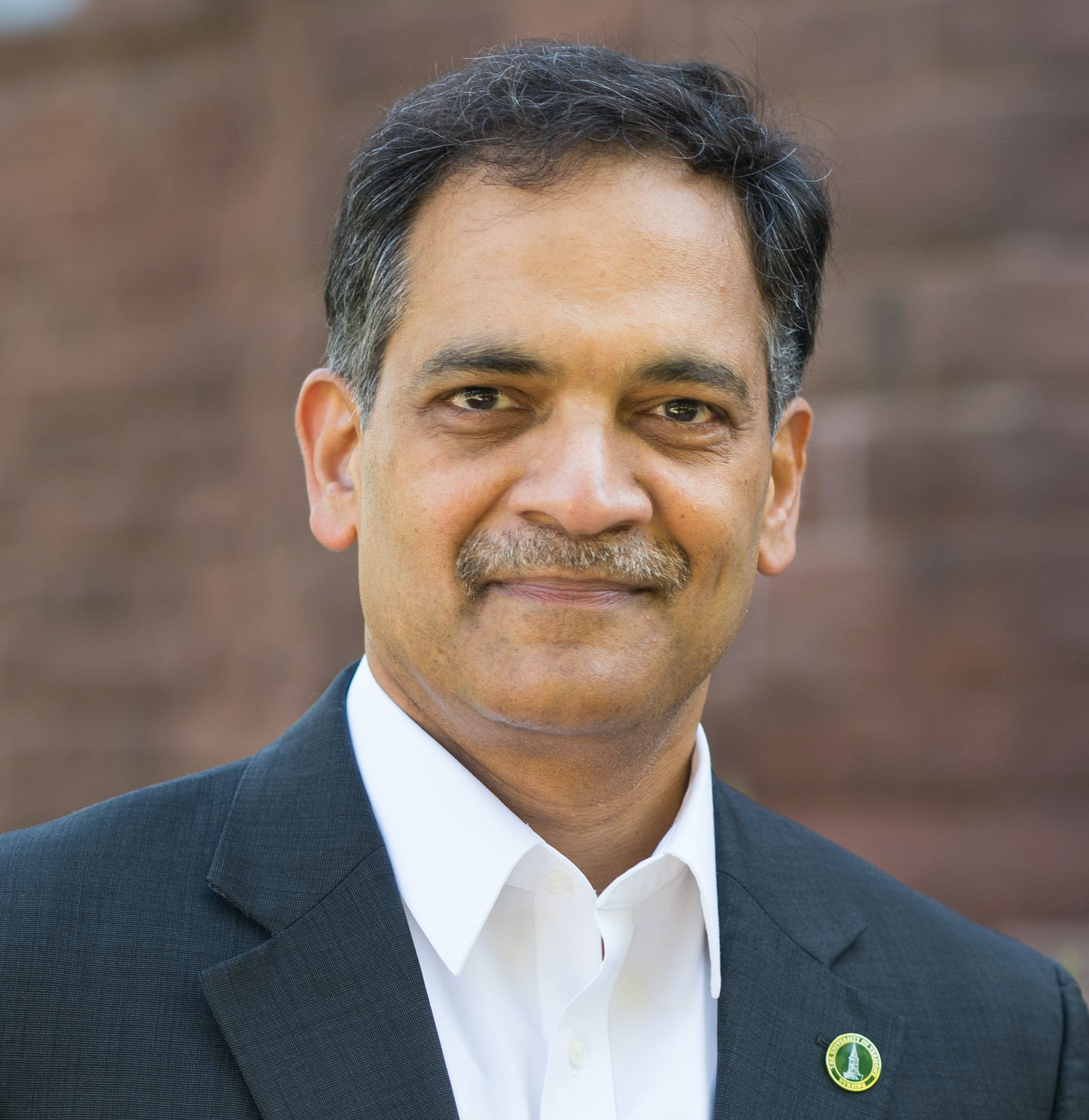A common recent criticism of higher education is that administrators are using the pandemic as an excuse to implement large budget cuts they were planning to make anyway.
I couldn’t disagree more—but not for the reasons you may think.
It’s true that the pandemic is the prime cause of the budget crisis currently roiling higher ed and that some may be exploiting it to make reactive cuts that ease long-standing financial pressures.
But my view of the pandemic’s impact is that, rather than serving as an excuse for the actions of overeager budgeteers, it is a distraction, one that threatens to prevent higher education leaders from pursuing the truly transformative change that our times urgently call for.
More from UB: Texas’ $46M reskill program is helping bring back students
Make no mistake, change is needed. Tuition is rising unsustainably, saddling record numbers of students with crushing debt. The hangover from the 2008 recession is causing many students and families to view higher ed purely, if misguidedly, from an ROI perspective, to the detriment of the arts and humanities.
Many employers are dissatisfied with the critical thinking and communications skills of college graduates. And equity is an issue throughout the country, with too many students from low income and diverse backgrounds thwarted in their attempts to pursue higher education.

Exacerbating all these challenges is a tectonic demographic shift that has greatly reduced the size of the traditional college-going population.
Something we didn’t do
The pandemic and its financial impacts on the University of Vermont—$40 million or more in unplanned expenses and as much as $25 million in lost revenue—arrived eight months into my presidency. To be sure, the university took immediate steps to stem the red ink.
Because we couldn’t confidently gauge demand for on-campus learning, we reduced some lecturers’ time by 25% (most since restored, thanks to better-than-expected enrollment). All non-represented employees except those earning less than $45,000 took pay cuts of between 2.5% and 5%, with senior administrators giving back 8.3%. And we put an early retirement plan in place.
But despite the enormous financial distress the pandemic was causing, the all-consuming attention required to keep on-campus students safe and academically engaged—and our effort to avoid large-scale layoffs and furloughs, another priority—there was something we didn’t do: deviate from our development and implementation of an integrated, multi-pronged strategic plan to renew the University of Vermont so it better met the needs of today’s and tomorrow’s students.
The plan, which connects directly with the challenges higher education has faced since long before the pandemic, was set out in a strategic document titled “Amplifying Our Impact” that the university released earlier this year.
Actions we’ve taken that grew out of its recommendations include:
- Freezing tuition for a third consecutive year and forgoing room and board cost increases—despite the financial pressure we are under.
- A willingness to choose areas of emphasis in our research program, those that support healthy societies and a healthy environment, based on our strengths, and to focus investment in those areas.
- A plan to reach the Carnegie Classification’s R1 status, the highest designation for a research university.
- The implementation of a wide-ranging partnership program with corporations and non-profits to help support our research enterprise and to increase internship and employment opportunities for our students.
- The creation and funding of an Office of Engagement that will facilitate our ability to fulfill our land grant mission to the state of Vermont, a top priority for the university.
- A decision to end our endowment’s investments in fossil fuels, at a pace that is among the most aggressive in the country, because they run counter to UVM’s reputation as an environmental leader.
- Retiring majors and minors with very low enrollments across the university, so we could invest in those with high student demand.
- Taking the first steps in a forward-looking academic reorganization that will simplify and streamline our schools and colleges in a way that decreases administrative costs and promotes interdisciplinary research and learning.
‘Normal’ should not be our objective
UVM is not alone in taking these kinds of steps. Ithaca College and the Pennsylvania State Higher Education System, among many others, are also rethinking how their institutions are structured.
And new books, such as The Agile College by Nathan D. Grawe, join popular white papers—such as “The Transformation-Ready Higher Education Institution“—in describing the challenges colleges face in coming years and also laying out a variety of strategies schools can use to adapt to the changing environment.
More from UB: Online giving rises again; how colleges can capitalize in 2021
After the severe dislocation COVID-19 has caused in the higher education community, many are asking: Will things go back to normal once the population is vaccinated and we can return to on-campus life and learning?
My answer is that “normal” should not be our objective. Some campuses may aspire to business as usual. But others will continue to look deeply at the structures and the systems we have in place and make bold changes so our institutions can thrive in the very different world the mid-21st century promises to be.
We need no excuse for that.
Suresh V. Garimella is president of the University of Vermont.






